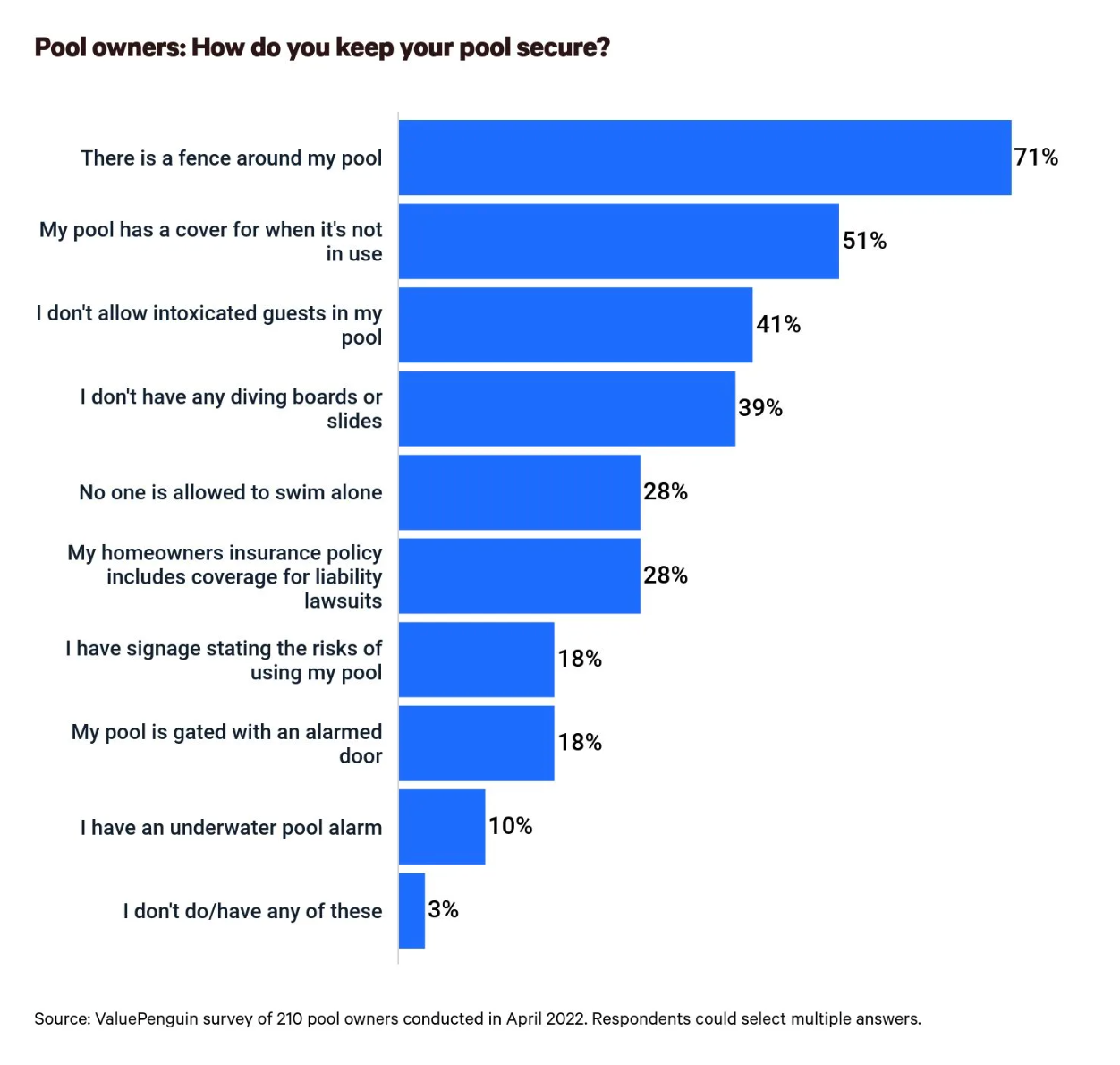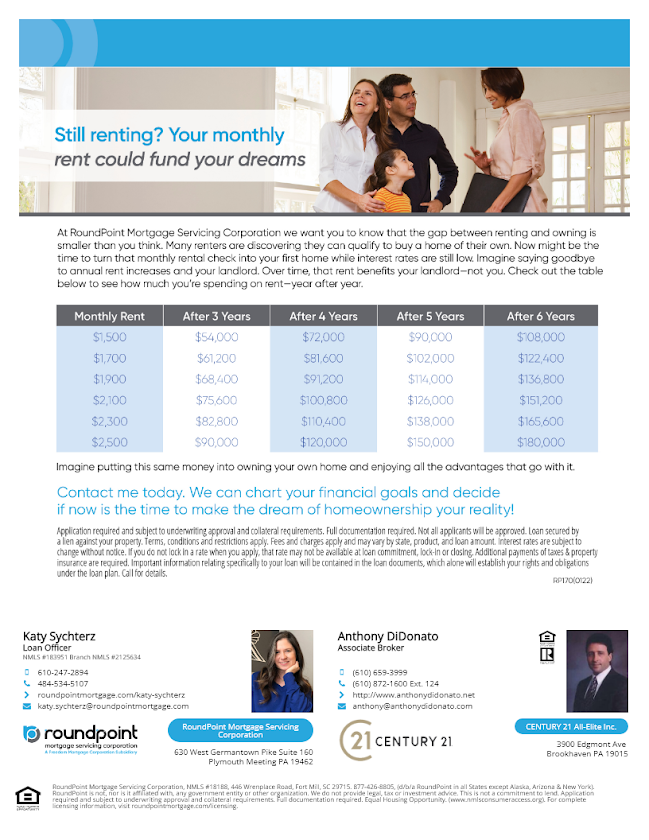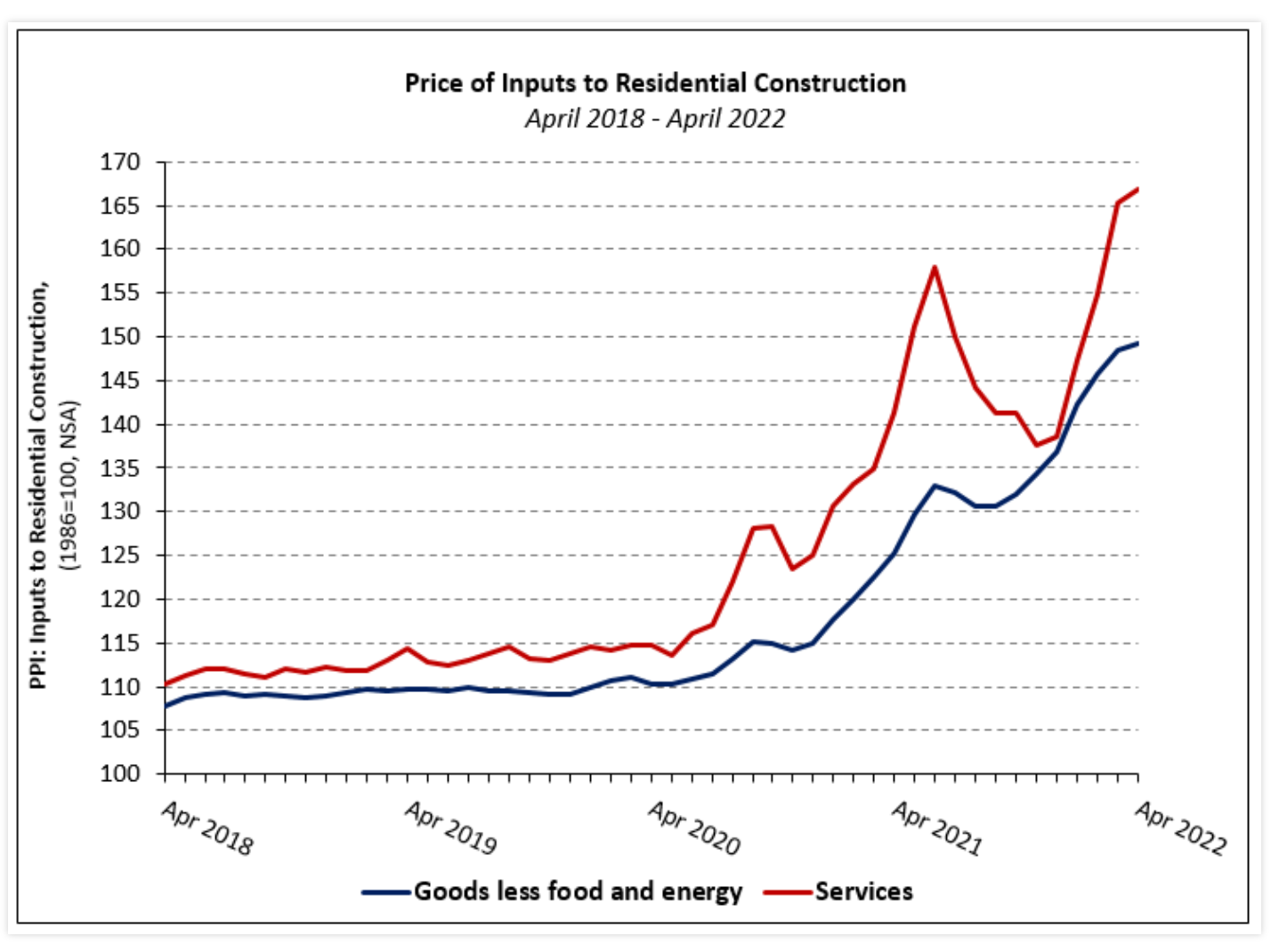Homeowners May Be Underinsured
Homeowners’ insurance premiums have climbed by 34% in some states, according to a new study by QuoteWizard, a site operated by LendingTree. What’s more, increases in home prices and building material costs may have made many homeowners underinsured.
The cost of rebuilding a home is about $36,000 more now than in 2020, the LendingTree study finds.
“The last two years have been a tumultuous time in nearly every aspect of life,” the QuoteWizard study says. “This is also true for homeowners insurance. There’s no way to tell exactly how many of the nation’s 85 million homeowners are currently underinsured.” But the study urges homeowners to check their policies because rising home prices and building material costs, as well as inflation, may mean owners need to recalculate the amount of coverage needed for their home.
Overall, home insurance premiums are up 2% nationwide. Idaho saw the largest increase in home insurance premiums at 34%, the study finds.
States in the Midwest and South pay the highest costs for home insurance. In Oklahoma, for example, homeowners face the highest premiums at nearly $3,800 a year, according to the study. Texas, Nebraska, and Kansas also rank among the states with the highest premiums in the country. On the other hand, Hawaii has the least expensive home insurance, with an average price of about $400 annually.
Homeowners may find that shopping around for homeowners insurance can make a big difference. The QuoteWizard study found that, depending on the insurance carrier, the same home insurance policy could vary by up to $2,000.
Source:
“The State of Home Insurance in 2022,” QuoteWizard (2022)
©National Association of REALTORS
®Reprinted with permission







